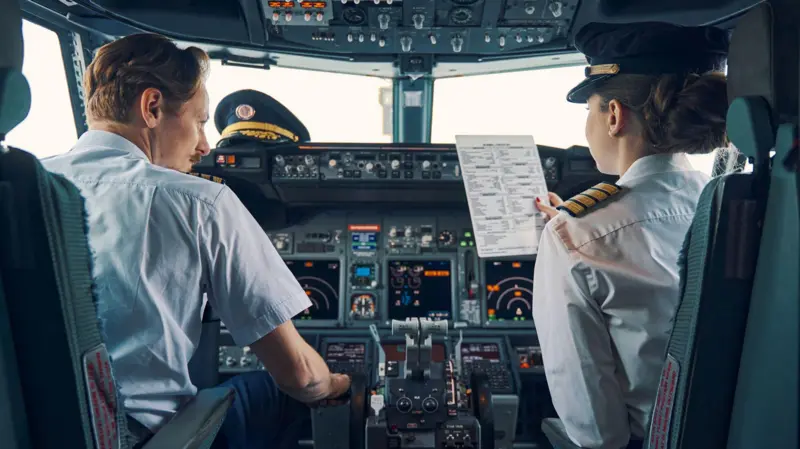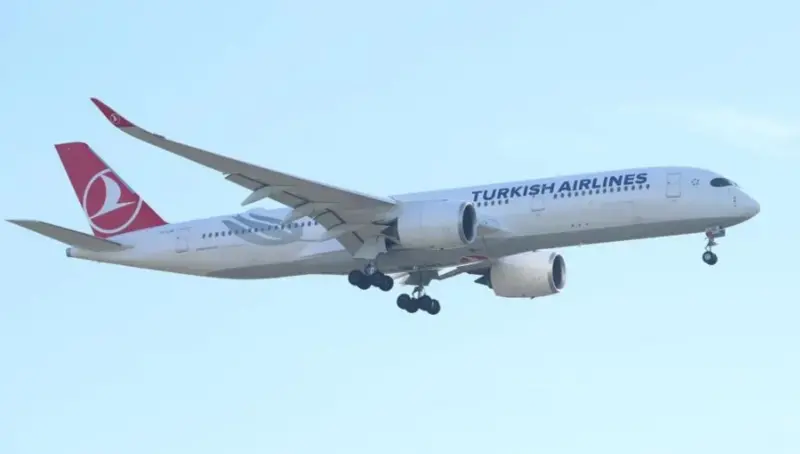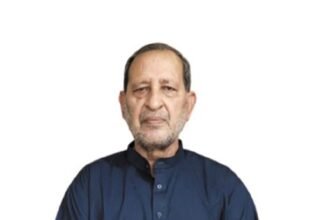Emergency Landing as Turkish Airlines Pilot Dies Mid-Flight: What Happens if a Pilot Passes Away During a Flight?
Hearing the term “emergency landing” typically brings to mind technical issues with the aircraft. However, such emergencies are not always due to mechanical problems; sometimes, a medical emergency involving a passenger—or even the pilot—necessitates an emergency landing.
Recently, a Turkish Airlines pilot passed away mid-flight on a journey from Seattle to Istanbul, prompting an emergency landing. The 59-year-old captain, Alçin Pelivon, lost consciousness during the flight, leaving the co-pilot to take control and make a safe landing at New York’s JFK Airport.
The death of a pilot during flight is not an unprecedented event. In 2015, a 57-year-old American Airlines pilot passed away while flying from Phoenix to Boston. Similarly, another American Airlines pilot died mid-flight in 2017 on a journey from Dallas to Albuquerque.
This raises important questions: What happens if a pilot falls seriously ill or dies mid-flight? How does the crew respond? And can a plane land without its pilot?

Emergency Protocol Saeed Masood, a pilot for FlyDubai, explains that in such a situation, the co-pilot immediately takes over and communicates with air traffic control (ATC) to request an emergency landing. The crew uses a specific code for on-board medical emergencies, distinct from the code for technical issues or hijacking.
In cases where the pilot’s condition deteriorates rapidly, the crew contacts a “medline” for medical advice and follows instructions. Flight attendants, who are trained in first aid and CPR, attempt to provide necessary assistance.
Informing the Passengers Typically, passengers are not informed about the pilot’s condition to avoid panic. Instead, a general announcement about a medical emergency is made, and the plane diverts to the nearest airport.

Pilot Health Checks Pilots undergo medical exams annually until the age of 60, after which bi-annual health checks are required. Regulations also stipulate that flights involving pilots aged 60 to 65 must have a second pilot under the age of 60.
Can a Plane Land Without a Pilot? Commercial planes are designed to be flown by two pilots at all times, but in certain emergencies, modern aircraft can land with only one. Advanced technology, including auto-landing systems, aids the process, but the human pilot still plays a crucial role in guiding the plane. While full automation may allow for a single pilot to fly during cruising, landing still requires manual control.
In rare cases where both pilots are incapacitated, the only hope is that a passenger with flying experience is on board to assist.







